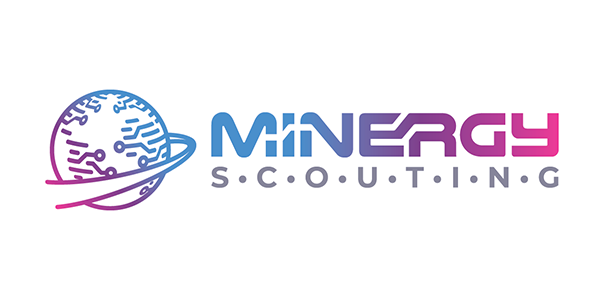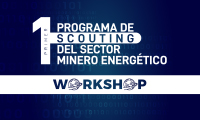Efficiency for the renewable energy area
A challenge from ENGIE
Deadline to apply:
Fecha abierta
We seek to improve the cleaning process of the solar panels. This will allow a reduction in water consumption and CO2 savings.
CONTEXT OF THE PROBLEM
In the facilities of the solar generation plant of Engie Energía Perú, we currently use a cleaning system with brushes attached to a tractor arm (Samprash). To carry out the cleaning, we use approximately 120 thousand liters of water per cleaning cycle. Each year, we perform 11 cleanings, which are scheduled according to the panels' soiling level. This information is usually indicated by specialized sensors. The areas requiring improvement in panel cleaning efficiency and water savings are: operations and environment. We currently face a problem during each cleaning cycle, because we are looking for a more cost-efficient system (we want to give this responsibility to an outsourced party, one specialized in cleaning execution). In addition, we are looking to reduce the carbon footprint of the cleaning service (water transport, diesel-powered tractor arm).
DESCRIPTION OF THE PROBLEM
Se busca mejorar la eficiencia de generación por la limpieza, reducción del OPEX de limpieza de paneles (servicio tercerizado), reducción 100% del consumo de agua para limpieza. Reducción de huella de carbono CO2..
FREQUENCY OF THE PROBLEM
The cleaning service for the panels is performed 11 times a year. This service is carried out taking into account the data of previous years and the level of dirtiness given by specialized sensors on the panels.
PARTIAL SOLUTIONS
The cleaning system we currently use has brushes attached to a tractor arm (Samprash). This system uses approximately 120 thousand liters of water per cleaning cycle and performs 11 cleanings per year. Thus, we can see that this cleaning system is efficient, however it represents a high monthly expense and a high water consumption.
IMPACT OF THE PROBLEM
The operation can continue running with the use of manual and water-consuming cleaning technologies. However, we believe that we can find better cleaning systems in the market, which could represent zero water consumption, and even have an impact on the efficiency of the plant. The new solution must consider that there is already a fixed asset, which is the samprash tractor arm, the water consumption and the monthly cost of the outsourced cleaning service (personnel, transportation, transportation to the plant and water transportation from the city to the plant).
QUANTIFICATION OF THE PROBLEM
For each cleaning cycle, we use 120 thousand liters of water and normally we perform approximately 11 cleanings per year. This service represents a monthly expense for cleaning service (labor, transportation of personnel, transfer of water from the city to the plant). Currently, this solution allows almost monthly cleaning of the panels, so it will not affect operations or solar generation. The impact will be basically observed in the monthly/annual expenditure with semi-automatic systems, less water consumption and CO2 savings during the cleaning process.

 Do you have additional questions about the challenge?
Do you have additional questions about the challenge?


